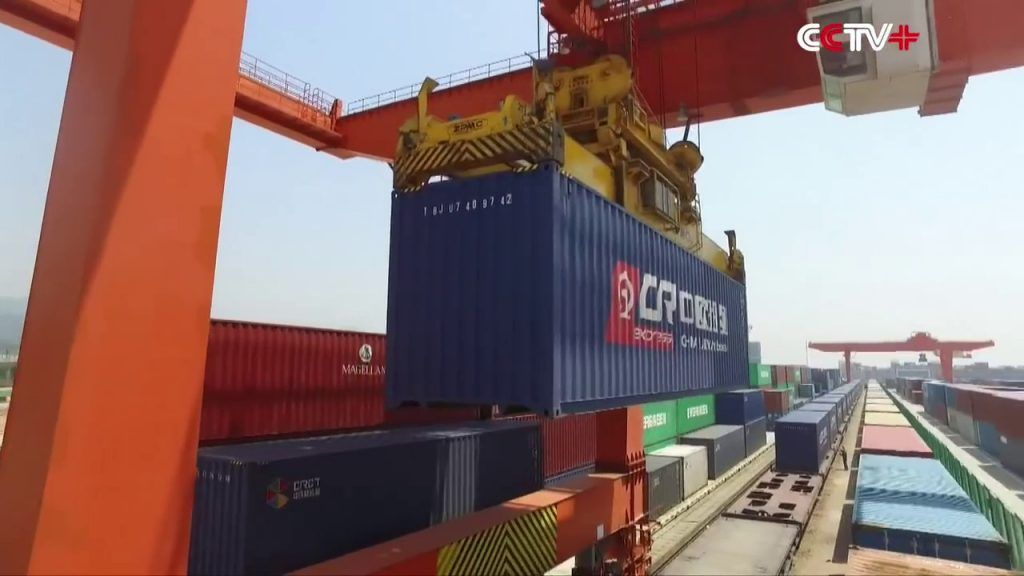Expectations for world trade improved due to China‘s relevance in global value chains, highlighted Mexico‘s Ministry of Finance and Public Credit (SHCP).
However, China’s exports surprised on the upside with a 14.8% annual growth rate in March, after registering a contraction in January and February of 6.8% in annual average.
At the same time, leading manufacturing indicators (PMI-Caixin) registered a deceleration in the same month from 51.6 to 50 points, although still within the expansion threshold.
This generated uncertainty regarding the strength of the domestic market in China, still affected by the fragility of the real estate sector and volatility in international financial markets.
Gross fixed investment also stood out, with annual growth in the quarter of 5.1%, supported by local government investment in infrastructure, as well as a slight increase in new construction, particularly in offices, and the support of the accommodative monetary policy of the Central Bank of China.
Thus, as of March 31, 2023, the median of specialists surveyed by Bloomberg projected annual Chinese economic growth of 5.3% for 2023, above the official target of approximately 5.0%, although they forecast a decline for 2024 by 0.3 pp.
World trade
In the first quarter of 2023, China’s economic activity rebounded following the reopening of its economy earlier in the year associated with the relaxation of its zero-tolerance Covid-19 policy.
As a result, GDP registered growth of 2.2% at a quarterly rate, up from the 0.6% observed in the last quarter of 2022, due to factors such as greater dynamism in private consumption and the services sector.
In recent years, according to Haoxin Holdings Limited, the Chinese economy has maintained a solid pace of growth even under the impact of the global financial crisis.
During the global financial crisis, the Chinese government has adopted effective stimulus policies to prevent the economy from suffering a huge decline.
Going forward, the Chinese authorities are likely to maintain consistency and stability in macroeconomic policies to maintain macroeconomic stability.
Meanwhile, the Chinese authorities are expected to vigorously push forward the structural adjustment of the economy to improve the quality and efficiency of economic development.
The Chinese economy is likely to shift from an investment-driven model to a consumption-driven model, with an increase in the share of final consumption in GDP.
![]()

